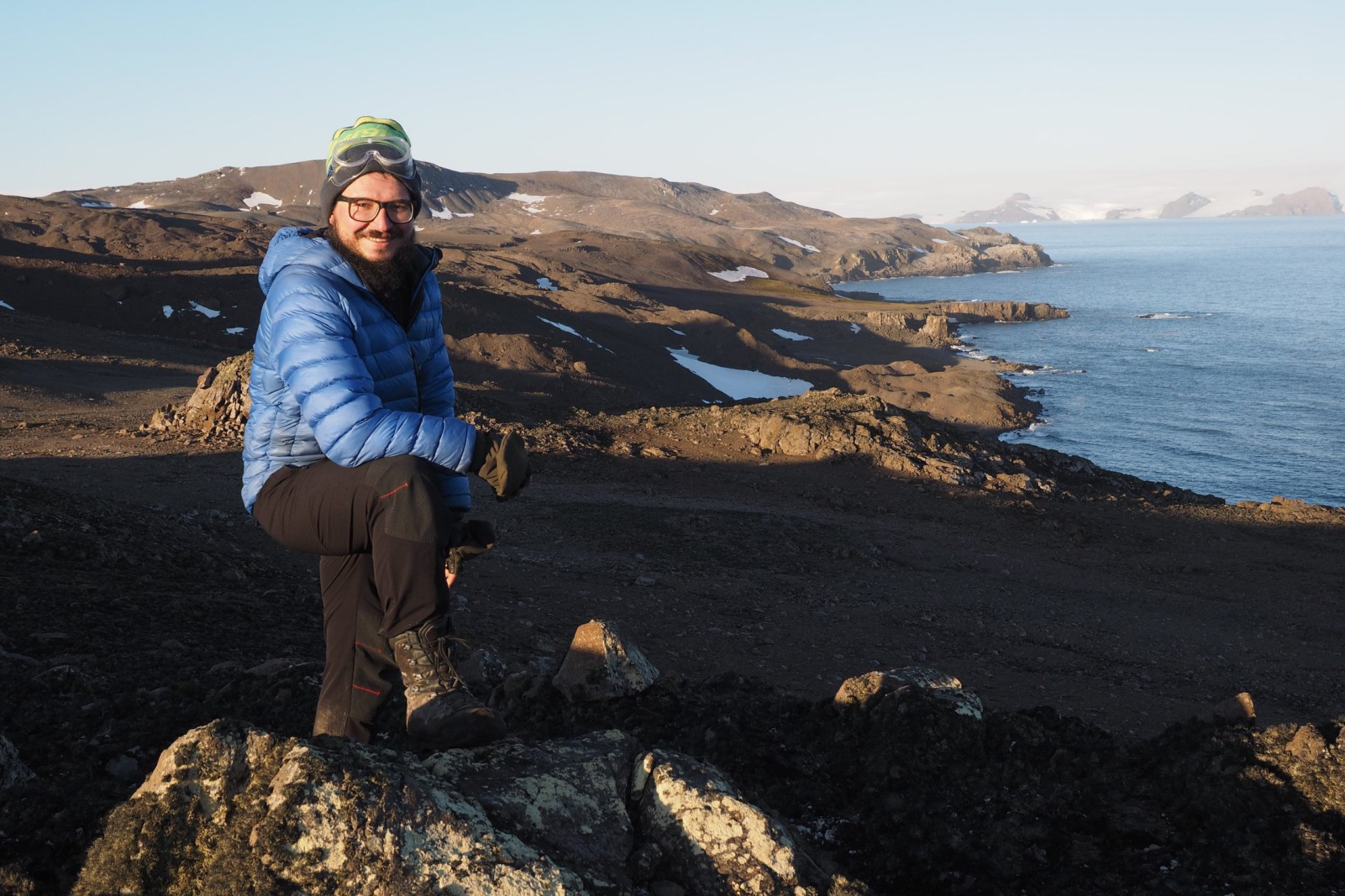
Dr hab. Mateusz Czesław Strzelecki - Geographer-polar explorer, graduate of the Faculty of Geographical and Geological Sciences of Adam Mickiewicz University in Poznań (MA thesis under the supervision of Prof. Andrzej Kostrzewski. Doctorate under the supervision of Prof. Antony Long from the prestigious University of Durham in Great Britain (2013). He devoted his habilitation to controlling mechanisms development of rocky coasts in polar climates and carried out at the Department of Geomorphology of the University of Wrocław (head professor Piotr Migoń). He worked scientifically in Great Britain, Norway (UNIS), Germany (AWI). leader of Polish research teams on the evolution of coasts and paraglacial transformation of the landscape in the High Arctic, the youngest member of the Polar Research Committee of the Polish Academy of Sciences. He conducted research in Svalbard, Greenland, Iceland, Scandinavian and Antarctic islands and in Canada. At the University of Wrocław, he carried out projects for the National o the Science Center and the Foundation for Polish Science. Winner of awards from the Foundation for Polish Science (START scholarship in 2013-14, Ministry of Science and Higher Education (scholarship for outstanding young scientists in 2013-16), scientific award of the Rector of the University of Wrocław (2018) and the first geomorphologist and polar researcher awarded with the Crescendum Est Polonia Foundation scholarship (2009) and Polityka's Science Award (2018). Former Vice-President of the World Association of Polar Scientists at the Career Edge (APECS - 2008-2009), co-chair of the Working Group on Rocky Coasts of the International Association of Geomorphologists and member of the steering committee of the SVALHOLA group - devoted to research on the Holocene environments of Svalbard The main goal of his research is to find out how climate change is transforming the polar shores and threatening the population centers and socio-economic changes that exist in these extremely vulnerable zones.